espalier supports?
symplestytches
9 years ago
Featured Answer
Comments (16)
drew51 SE MI Z5b/6a
9 years agolarry_gene
9 years agoRelated Professionals
Fitchburg Landscape Architects & Landscape Designers · Americus Landscape Contractors · Brookline Landscape Contractors · Caldwell Landscape Contractors · Cupertino Landscape Contractors · Dinuba Landscape Contractors · Federal Way Landscape Contractors · Fort Hunt Landscape Contractors · Fuquay-Varina Landscape Contractors · Fuquay-Varina Landscape Contractors · Kerman Landscape Contractors · Lynwood Landscape Contractors · McLean Landscape Contractors · Norwalk Landscape Contractors · Petaluma Landscape Contractorsbennylafleur
9 years agolarry_gene
9 years agodrew51 SE MI Z5b/6a
9 years agomes111
9 years agoCharlie
9 years agomes111
9 years agosteve_in_los_osos
9 years agodrew51 SE MI Z5b/6a
9 years agosymplestytches
9 years agojbraun_gw
9 years agodrew51 SE MI Z5b/6a
9 years agosteve_in_los_osos
9 years agomyk1
9 years ago
Related Stories
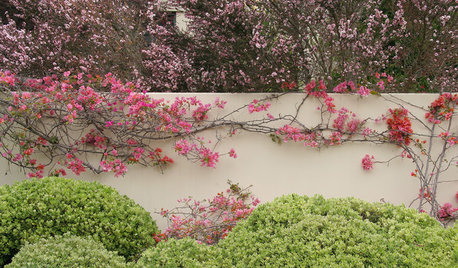
LANDSCAPE DESIGNThe Art of the Espalier
Go ahead, let limited garden space drive you up the walls. With these 6 ways to train plants vertically, it can be a beautiful thing
Full Story
GARDENING GUIDESGreat Design Plant: Ceanothus Pleases With Nectar and Fragrant Blooms
West Coast natives: The blue flowers of drought-tolerant ceanothus draw the eye and help support local wildlife too
Full Story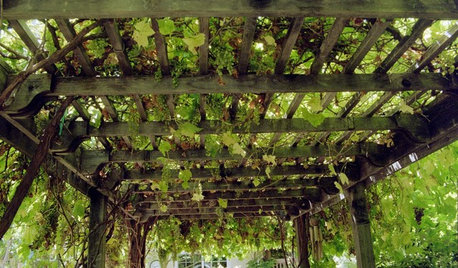
GARDENING AND LANDSCAPINGVertical Gardens Raise the Limits for Landscapes
Turn a small garden space into a towering success with an upward-bound collection of edible delights
Full Story
EDIBLE GARDENSHow to Add an Apple Tree to Your Edible Garden
Readily available, beautiful and fragrant, apple trees offer four-season interest along with crisp, juicy fruit
Full Story
FRUIT TREESHow to Grow Your Own Persimmons
Sturdy and easy to care for, these trees offer bright fruit through winter — and keeping them in bounds is no sweat
Full Story
LANDSCAPE DESIGNThe Unparalleled Power of Trees
Discover the beauty and magic of trees, and why a landscape without them just isn't the same
Full Story
INSPIRING GARDENSFrom Concrete Lot to Gracious Organic Garden in Seattle
Plants, pests and even weeds have a place in this landscape, which offers an edible bounty and a feast for the eyes
Full Story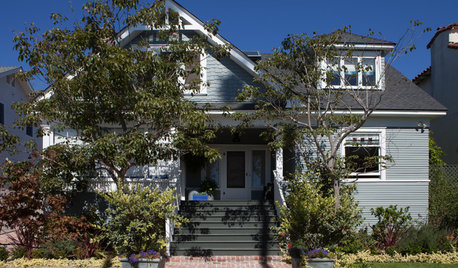
HOUZZ TOURSHouzz Tour: A 1905 Cottage Gets a Major Family Update
Historic Boston meets outdoors Oregon in this expanded California home
Full Story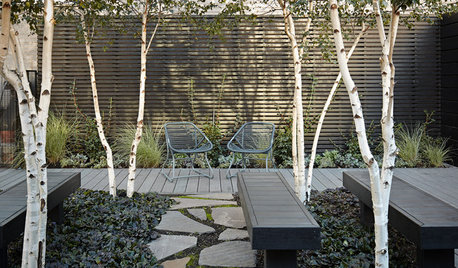
LANDSCAPE DESIGN5 Ways to Use Trees to Create a Sensational Garden Space
Trees define spaces in multiple ways and bring a layer of shade and intrigue to the landscape
Full Story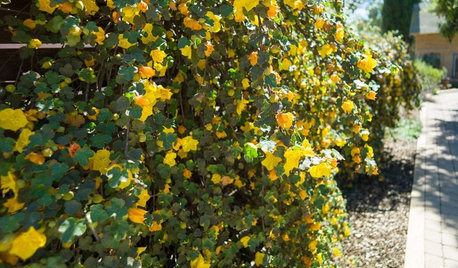
GARDENING GUIDESTidy Up Sprawling Native Shrubs With These Pruning Tips
Sound horticultural pruning methods work for native and nonnative plants alike
Full Story





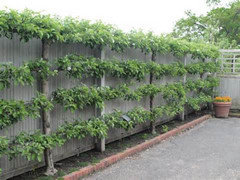
mes111